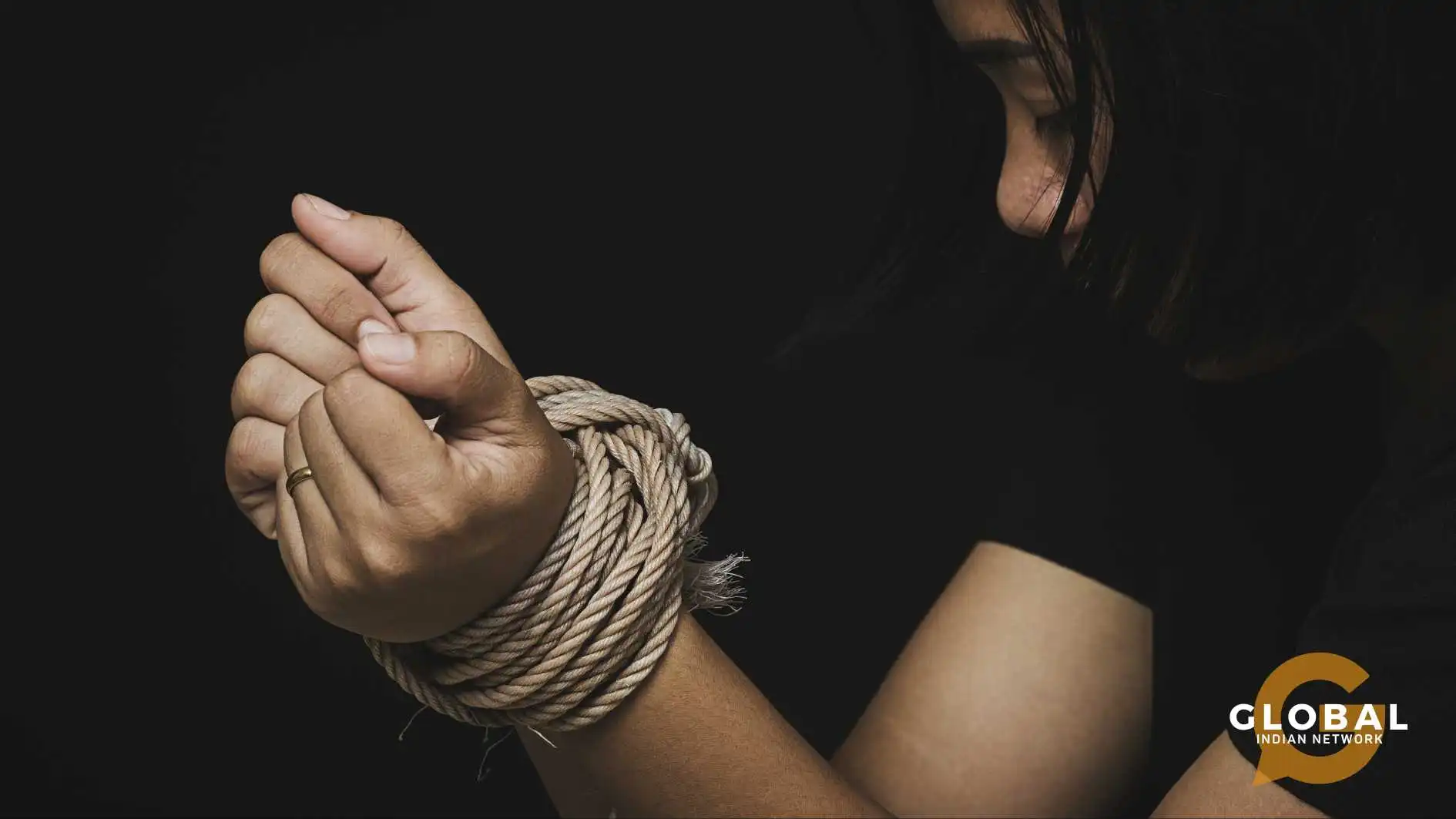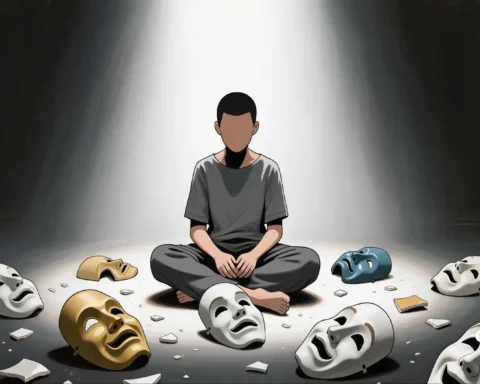Immoral trafficking of women and children in India is a grave violation of human rights, affecting thousands of individuals each year. Despite stringent laws and international efforts, trafficking in persons remains a widespread issue fueled by socio-economic disparities, gender discrimination, and organized crime. The trafficking of women and minor girls for sexual exploitation, forced labor, and organ trade continues to grow, making it a pressing concern for policymakers and law enforcement agencies.
The culture of consumerism has further exacerbated the problem, reducing human lives to mere commodities. Many traffickers capitalize on the vulnerabilities of low-income families, exploiting women and children for commercial sex exploitation, child labor, and even forced marriages. This article explores the aspects of traffickers, the catch for traffickers, and the broader implications of human trafficking, shedding light on the reality of victims and the efforts required to combat this heinous crime.
Table of Contents
Understanding Immoral Trafficking of Women and Children in India
Immoral trafficking of women and children in India encompasses various exploitative practices, including sexual abuse, forced prostitution, and bonded labor. Women and adolescent girls are often tricked, coerced, or kidnapped and pushed into the sex trade, while minor boys and girls are exploited for child labor, organ trade, and even cross-border trafficking.
Uttar Pradesh, one of the most populous states, has emerged as a significant hub for the trafficking of women and children. Reports indicate an increase in the buying of girls and their subsequent importation of girls into different regions or even foreign countries. The aspects of traffickers reveal their deep-rooted connections with corrupt officials and international crime syndicates, making it difficult for law enforcement agencies to dismantle these networks.
Push Factors Behind Trafficking in Women and Children
Several structural and socio-economic factors contribute to the rampant rise in immoral trafficking in India:
Poverty and Economic Disparities
One of the primary causes of trafficking in women and children is extreme poverty. Families struggling to survive often fall prey to traffickers who promise lucrative jobs in cities or foreign lands. Instead, victims find themselves trapped in prostitution activities, domestic servitude, or exploitative labor conditions.
Traditional Practices and Social Norms
In some regions, community-based prostitution is still practiced, where young girls are forced into sex work due to family traditions. This perpetuates a vicious cycle of girls for prostitution, making it difficult to break free from exploitation.
Weak Law Enforcement and Corruption
Although India has strong laws for the prevention of trafficking, loopholes in the judicial system and corrupt officials allow traffickers to continue their illegal operations. The Anti-Trafficking Cell and Anti-Human Trafficking Units struggle with inadequate resources, leading to delays in rescuing victims of trafficking.
Demand for Sexual Exploitation and Forced Labor
The evils of prostitution continue to thrive due to the high demand for commercial sex exploitation. Many victims, including minor girls, are forced into prostitution activities against their will. Additionally, industries engaged in child labor and drug trafficking provide traffickers with financial incentives to continue their operations.

Forms of Exploitation in Human Trafficking
Sexual Exploitation
A significant proportion of trafficking in persons involves sexual exploitation. Women and girls are trafficked into brothels, massage parlors, and hotels, where they are subjected to sexual abuse and violence. Brothel keepers and brothel operators play a crucial role in perpetuating this system, making protection for victims even more difficult.
For Organ Trade
Another shocking aspect of human trafficking is the illegal organ trade. Victims, including trafficked children, are often coerced into selling their organs, particularly kidneys and livers, in black-market transactions. This lucrative industry operates under the radar, with traffickers using fake documents and corrupt officials to smuggle victims across borders.
Forced Labor and Domestic Servitude
Many trafficked individuals are forced into child labor, domestic servitude, or hazardous industries where they work in inhumane conditions. Victims, especially children in conflict situations, are denied their fundamental rights, making them more vulnerable to further exploitation.
Challenges in Combating Immoral Trafficking of Women and Children in India
Inadequate Rehabilitation and Victim Protection
Despite legal provisions, the rehabilitation of victims remains insufficient. Many rescued individuals face social stigma, making their integration of victims into mainstream society a challenge. Government-run shelters lack proper funding, leaving victims vulnerable to re-trafficking.
Cross-Border and Border Trafficking
India’s vast borders make it a hotspot for cross-border trafficking. Many victims are smuggled into neighboring countries through illegal routes, where they are forced into commercial purposes, including domestic work, sex work, and factory labor.
Weak Implementation of International Conventions
While India has signed various international conventions on human rights and anti-trafficking measures, their implementation remains weak. The Advisory on Human Trafficking as Organized Crime stresses the need for stricter policies, but enforcement at the ground level remains a challenge.
Measures to Strengthen Prevention and Protection
Strengthening Law Enforcement
The government must enhance the capabilities of Anti-Human Trafficking Units and ensure that the trafficking of children and women is treated as a top priority. More stringent laws against prostitution activities and brothel operators should be enforced.
Community Awareness and Civil Society Involvement
Non-Governmental Organizations (NGOs) and civil society organizations play a crucial role in spreading awareness about the crime of trafficking. Programs focusing on educating communities about the concept of rights can help reduce their vulnerability to traffickers.
Rehabilitation and Protection Programs
Ensuring protection for victims through financial aid, counseling, and skill development programs can help survivors rebuild their lives. Providing comprehensive measures for victim reintegration can significantly reduce re-trafficking cases.
Strengthening International Collaboration
The Indian government must collaborate with foreign agencies to track and dismantle international trafficking networks. Effective monitoring of cross-border trafficking and stricter immigration laws can curb the smuggling of victims to a foreign country.
ALSO READ: Breaking Down the Causes of Women’s Trafficking in India
Conclusion
The immoral trafficking of women and children in India is a complex issue requiring urgent attention. Despite legal frameworks, traffickers continue to exploit loopholes, trapping vulnerable individuals in cycles of abuse. Addressing trafficking in women requires a comprehensive approach involving government agencies, law enforcement, and civil society. Strengthening laws, promoting administrative measures, and ensuring the integration of victims into society are critical in the fight against human trafficking.
Only through structural factors and compensatory measures can we hope to eradicate the crime of trafficking and secure the fundamental rights of all individuals, particularly women and children.










